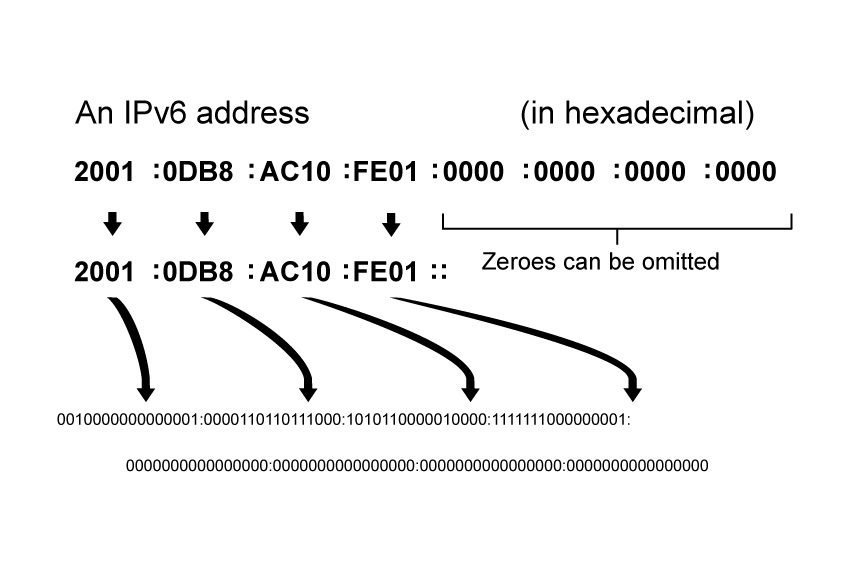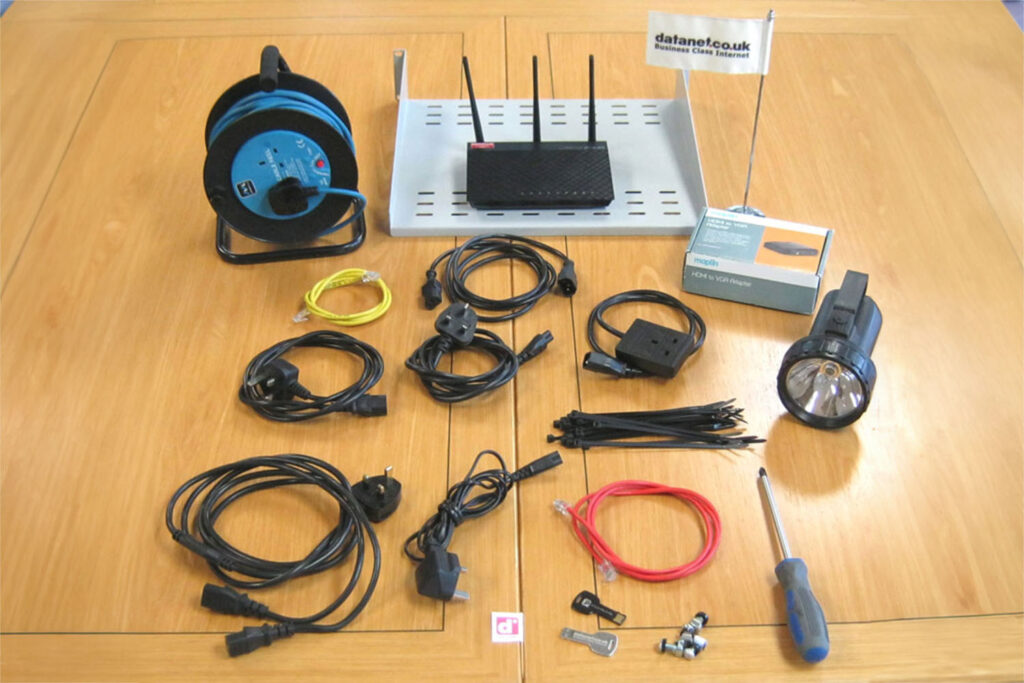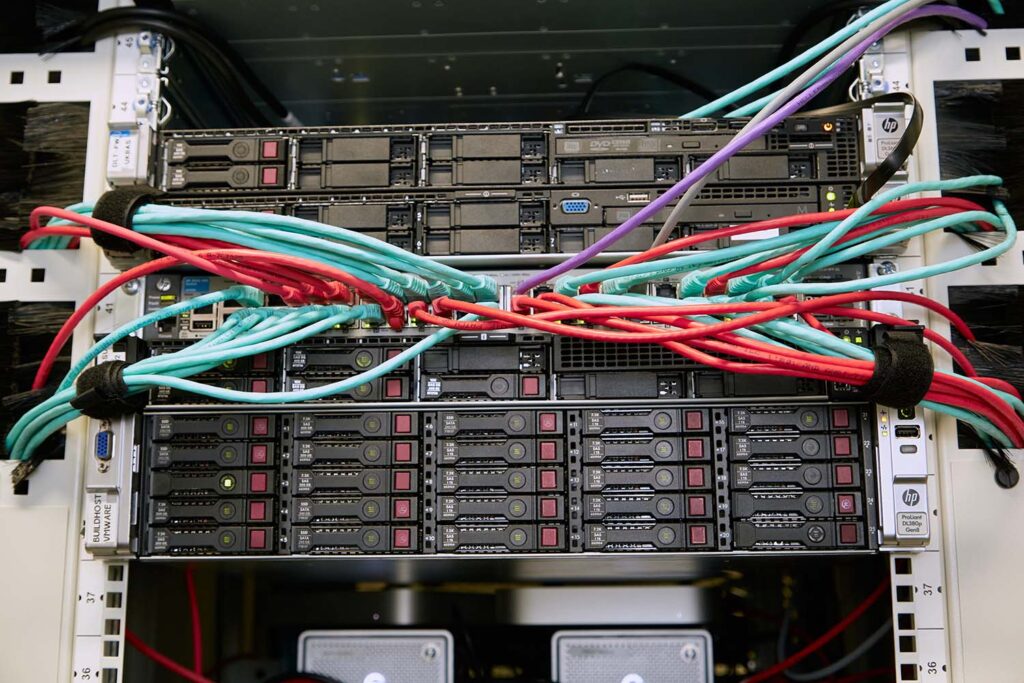The new framework
“You’re asking for 16 IP addresses? Well, we require you to fill out a RIPE NCC justification form and they will cost you, they are in demand you know and we can’t just give out IP addresses willy nilly as they are running out…..”
A staggering number of IP’s
Once we are using IPv6 we will have IP addresses coming out of our ears – enough IP addresses that we won’t know what to do with them all. In the new framework the minimum allocation of IP addresses is mind boggling with the total number of IP’s in existence absolutely staggering.
At present, using the IPv4 framework, Datanet provides 1 IP (/32) with a broadband and 16 IP’s (/28) with a rack. Using IPv6 framework Datanet will be able to allocate a /48 which is 65,536/64 subnets of IP’s !!
The Internet of Things (IoT)
What’s brought all this on you may ask yourself? Well, have you heard the phrase IoT being bandied about and wondered what all the fuss is about? The Internet of Things (IoT) is already upon us with the idea that every “thing” will have its own IP address and every “thing” will be able to communicate passing useful data and thus facilitating our businesses and lives.
So, let’s get down to the nitty gritty of just how many IP’s we are talking about in total.
An IPv6 address uses 128 bits, compared with 32 bits in IPv4. The address space therefore has 2128 or approximately 3.4×1038 addresses (340,282,366,920,938,463,463,374,607,431,768,211,456 IP addresses to be precise) – that is an awful lot of IP addresses.






